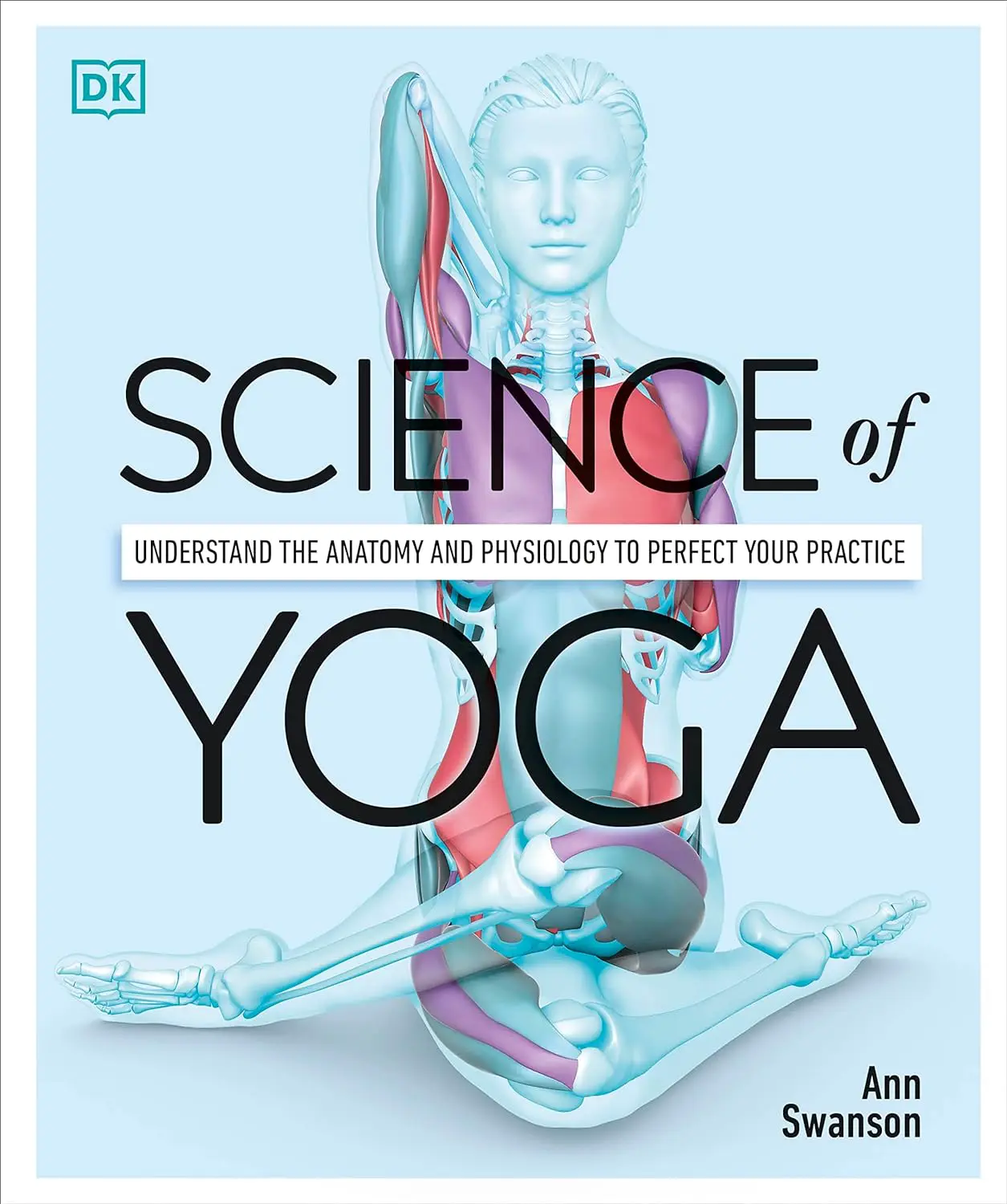What is Yoga Nidra? Unlock Deep Relaxation Techniques

Before diving in, please note: This post is for informational purposes only. If you’d like to know more about how we approach topics, feel free to check out our friendly Disclaimer Page.
Hey there, amazing readers! 
We’re committed to delivering quality posts, and your support (even just sticking around despite the ads) means everything to us. So, bear with us, and thanks for helping us keep the good vibes rolling. Now, on to the fun stuff!
TRANSLATE BUTTON AT THE END OF THE ARTICLE
A Quick Overview
Yoga Nidra, often referred to as “yogic sleep,” is an intriguing practice that offers profound relaxation and mindfulness. If you’re like me—always juggling a million tasks and feeling the weight of the world on your shoulders—then you might find Yoga Nidra to be a breath of fresh air. It’s not your typical yoga session; instead, it leads you into a state of deep relaxation, where your mind can unwind and your body can recuperate. In this article, we’re going to dive deep into the world of Yoga Nidra, exploring its origins, benefits, and how to incorporate it into your life for that essential dose of tranquility.
What is Yoga Nidra? A Journey to Deep Relaxation
At its core, Yoga Nidra is a systematic method of inducing complete relaxation. I often describe it as a guided meditation, where the practitioner is led through various stages to promote deep relaxation and awareness. This isn’t about falling asleep, although many people do drift off; it’s about accessing a state of consciousness between wakefulness and sleep.
Imagine lying comfortably, perhaps in a darkened room, while a soothing voice guides you. You might be instructed to focus on your breath, or on different parts of your body. This gentle guidance leads you into a place where your mind can rest, and stress can melt away.
During a typical session, you may experience:
- A feeling of weightlessness
- Vivid imagery
- A sense of profound peace
It’s like taking a mini-vacation for your mind, allowing you to recharge and renew.
The Origins of Yoga Nidra: A Historical Perspective
Yoga Nidra can trace its roots back to ancient Indian traditions, specifically within the teachings of yoga and meditation. The term “Nidra” translates to sleep in Sanskrit, but this practice is so much more than just slumber. Its origins can be linked to the Nyasa meditation technique, which involves the placement of consciousness in different parts of the body.
The modern practice of Yoga Nidra was popularized by Swami Satyananda Saraswati in the 1960s. He adapted ancient techniques into a structured format that is accessible to everyone. Since then, Yoga Nidra has gained worldwide recognition as a method for relaxation and self-exploration.
I love how this ancient practice has found its place in our fast-paced world. It’s like a bridge connecting us to our roots while offering a remedy for modern-day stress.
The Science Behind Yoga Nidra and Its Benefits
Yoga Nidra isn’t just a mystical practice; there’s real science that supports its effectiveness. Research shows that it can reduce stress, anxiety, and even pain. Here’s a quick summary of some benefits:
- Stress Reduction: Yoga Nidra activates the parasympathetic nervous system, which helps calm the mind and body.
- Improved Sleep: Many people experience deeper, more restful sleep after practicing Yoga Nidra.
- Enhanced Creativity: The state of relaxation can foster creativity and problem-solving skills.
- Increased Mindfulness: Regular practice encourages a greater awareness of thoughts and emotions.
Personal experiences abound: I have spoken to countless friends who’ve noticed a shift in their emotional landscape after incorporating Yoga Nidra into their routines. It’s a gentle nudge toward self-awareness and inner peace.
How Yoga Nidra Differs from Traditional Meditation Practices
While traditional meditation involves focusing the mind and often emptying it of thoughts, Yoga Nidra allows for a more relaxed approach. Here’s how they differ:
- Posture: In meditation, one typically sits upright to maintain alertness. In contrast, Yoga Nidra encourages lying down comfortably.
- Guidance: Yoga Nidra is usually led by a teacher or recording, providing a clear pathway to relaxation. Traditional meditation may involve silent self-guidance.
- Depth of Relaxation: While both practices promote relaxation, Yoga Nidra aims for a deeper state of conscious awareness.
I remember my first Yoga Nidra experience; it felt as if I was floating on a cloud, while regular meditation left me feeling more alert but sometimes restless.
Preparing for Your Yoga Nidra Practice: What You Need
Getting ready for Yoga Nidra doesn’t require much preparation, which is part of its charm. Here’s a checklist to help you set the mood:
- Comfortable Space: Find a quiet place where you won’t be disturbed. A soft mat or your bed works well.
- Props: Consider using a bolster or pillow to support your knees or neck. A blanket can keep you warm.
- Ambiance: Dimming the lights, lighting a candle, or even playing soft music can create a soothing environment.
- Time: Aim for 30-60 minutes for a full session. Early mornings or evenings are great times to practice.
I often like to dim the lights and light a scented candle. It sets the perfect tone for a relaxing experience.
Step-by-Step Guide: How to Practice Yoga Nidra
Ready to dive in? Here’s a simple guide to help you get started with Yoga Nidra:
- Find Your Space: Lay down in a comfortable position, arms resting by your sides, palms facing upward.
- Close Your Eyes: Gently close your eyes and take a few deep breaths.
- Set an Intention: Think of a word or phrase that resonates with you—this is your Sankalpa, or intention.
- Body Scan: As you breathe, mentally scan your body from toes to head, noticing any tension or discomfort.
- Breath Awareness: Focus on your breath, observing its natural rhythm without trying to change it.
- Guided Visualization: If you have a recording, follow the guidance as it leads you through visualizations.
- Return Slowly: When the session ends, take time to slowly bring your awareness back to the room.
Each time I practice, it feels like a new adventure. The journey into relaxation is always unique!
Common Myths About Yoga Nidra: Debunking Misconceptions
As with any practice, misconceptions abound. Let’s clear up some common myths surrounding Yoga Nidra:
- It’s Just Sleep: While some doze off, the practice is about conscious awareness, not simply sleeping.
- Only for Yoga Experts: No yoga experience is necessary. Everyone can benefit from Yoga Nidra, regardless of skill level.
- It’s a Quick Fix: While it offers immediate relaxation, consistent practice yields more profound benefits over time.
- You Have to Meditate Daily: Practicing a few times a week can still lead to significant improvements in your well-being.
I chuckle whenever I hear someone say it’s just a nap! It’s so much more transformative than that.
The Role of Breath in Yoga Nidra for Enhanced Relaxation
Breath is the cornerstone of Yoga Nidra. It anchors us in the present moment, guiding our mind and body into a state of calm. Here’s how breath plays a vital role:
- Calming the Mind: Slow, deep breaths reduce anxiety and promote relaxation.
- Body Awareness: Focusing on breathing enhances awareness of bodily sensations, aiding in the relaxation process.
- Energy Flow: Breath control helps in dispersing stagnant energy, revitalizing the body.
During practice, I often visualize my breath as a wave washing over me, bringing calmness with each inhale and releasing tension with each exhale.
Exploring the Stages of Yoga Nidra: What to Expect
Yoga Nidra comprises several stages, each designed to deepen your relaxation and awareness. Here’s a brief overview:
- Preparation: Getting comfortable and setting your intention.
- Body Scan: A systematic relaxation of the body.
- Breath Awareness: Focusing on the breath to soothe the mind.
- Visualizations: Guided imagery to promote relaxation and insight.
- Sankalpa Reaffirmation: Revisiting your intention during the practice.
- Returning: Gradually bringing awareness back to the room and your surroundings.
Each of these stages has its purpose, and I find that they flow beautifully into one another, making the whole experience feel seamless.
Incorporating Yoga Nidra into Your Daily Routine
Integrating Yoga Nidra into daily life doesn’t have to be tricky. Here are some practical tips to get you started:
- Schedule Regular Sessions: Pick a time that works for you—perhaps right before bed or during lunch breaks.
- Create a Ritual: Pair your practice with something enjoyable, like a warm cup of herbal tea or a soothing bath.
- Use Apps or Recordings: There are many resources available, ranging from guided recordings to phone apps.
- Join a Class: If you feel more motivated in a group setting, look for local classes or online sessions.
I personally enjoy practicing before bed; it’s a wonderful way to unwind after a hectic day.
Tips for Maximizing Your Yoga Nidra Experience
Want to elevate your Yoga Nidra experience? Here are some handy tips:
- Stay Consistent: Like any practice, consistency is key. Try to engage regularly for lasting benefits.
- Listen to Your Body: If something doesn’t feel right, don’t hesitate to adjust your position.
- Limit Distractions: Put your phone on silent and create a quiet environment to enhance focus.
- Journaling: After your session, jot down any insights or feelings that arose during practice.
I’ve found that the insights I gain during Yoga Nidra are often profound, so keeping a journal helps me reflect and track my progress.
Embrace Deep Relaxation: Start Your Yoga Nidra Journey Today!
Yoga Nidra is a beautiful practice that encourages us to slow down and reconnect with ourselves. It’s like a little gift we give ourselves, a moment to pause in our busy lives. Whether you’re seeking stress relief, emotional healing, or simply a moment of peace, Yoga Nidra can provide that sanctuary.
So why not give it a try? Set aside some time, find a comfortable spot, and let yourself journey into deep relaxation. The benefits are waiting for you!
Conclusion
In a world that seems to constantly demand our attention, Yoga Nidra stands as a beacon of calm. It invites us to explore the depths of relaxation and awareness, providing a refuge from the chaos of daily life. So, whether you’re a seasoned yogi or a complete novice, I encourage you to step onto this path. Your body and mind will thank you for the peace you cultivate. Embrace the journey, and discover the profound relaxation that Yoga Nidra has to offer!

The Enlightenment Journey is a remarkable collection of writings authored by a distinguished group of experts in the fields of spirituality, new age, and esoteric knowledge.
This anthology features a diverse assembly of well-experienced authors who bring their profound insights and credible perspectives to the forefront.
Each contributor possesses a wealth of knowledge and wisdom, making them authorities in their respective domains.
Together, they offer readers a transformative journey into the realms of spiritual growth, self-discovery, and esoteric enlightenment.
The Enlightenment Journey is a testament to the collective expertise of these luminaries, providing readers with a rich tapestry of ideas and information to illuminate their spiritual path.
Our Diverse Expertise
While our primary focus is on spirituality and esotericism, we are equally passionate about exploring a wide range of other topics and niches 

To ensure we provide the most accurate and valuable insights, we collaborate with trusted experts in their respective domains 
Our blog originally focused on spirituality and metaphysics, but we’ve since expanded to cover a wide range of niches. Don’t worry—we continue to publish a lot of articles on spirituality! Frequently visit our blog to explore our diverse content and stay tuned for more insightful reads.

































































